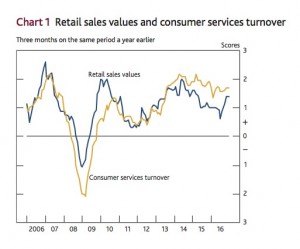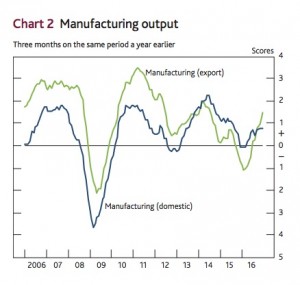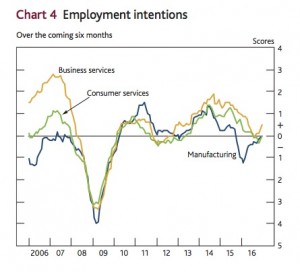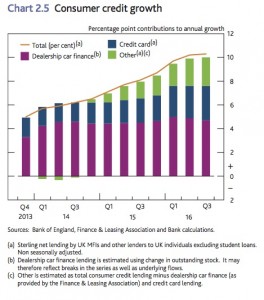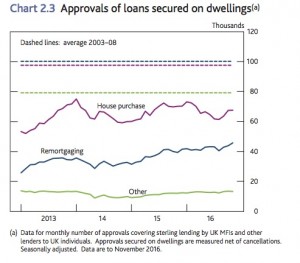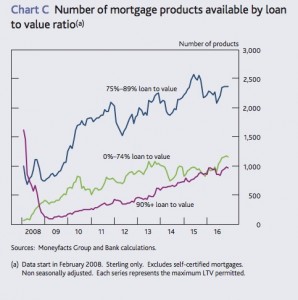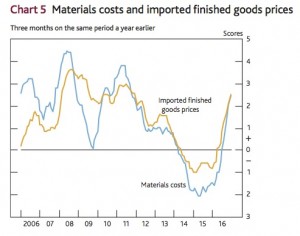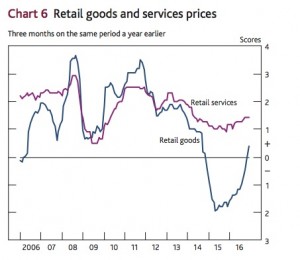 There has been quite a bit written about IFRS9 recently. It seems as if the Collections and Recoveries world is waking up to the fact this is not just an accounting standard but will also impact our process. Implementation is suddenly seeming imminent.
There has been quite a bit written about IFRS9 recently. It seems as if the Collections and Recoveries world is waking up to the fact this is not just an accounting standard but will also impact our process. Implementation is suddenly seeming imminent.
For those who do not read international accounting standards for fun, IFRS9 is a pending change to how impairment for loss is calculated. We are ticking down to implementation in January 2018.
So what is changing?
Under the previous accounting standard (IAS39), recognition for credit losses was delayed until there was evidence of impairment. Additionally this was calculated only on past events and considered only current conditions.
Broadly, under the new standard, credit losses will need to be recognized at each stage of the customer lifecycle, even if no credit loss events have actually taken place. Market conditions will also now need to be taken into account. The portfolio will be split into two stages for the reserve calculation.
- No significant increase in credit risk since inception – Impaired at 12 month expected credit loss
- Significant increase in credit risk (a risk event) – Impaired at lifetime expected credit loss
This is all designed to enable the financial accounts to better reflect the inherent future inherent losses for customers on the book today. In some ways, this really does make a lot of sense as it should be more accurate.
But what does this mean?
Broadly speaking this means that losses will be recognised and more greatly provided for, much earlier in the collections cycle. There will be a greater cost of holding customers deemed to be higher risk. For these customers, there will be a significant step increase in provision (even at 30days past due).
As a result, generally the guidance being given is ‘contact earlier’, ‘more intensively’, to prevent customers moving to lifetime credit losses at this higher rate.
And, this makes sense. Contacting earlier, including pre-arrears, will undoubtedly prevent some forgetful customers falling 2 months in arrears and being deemed having increased in risk.
But this is not the entire story. Although 30dpd is being used as a general criteria, any external indicator can be used to indicate increased risk, Credit Reference Agency data, debt load, flagging of financial difficulties. The exact criteria organisations will use to determine an increase in risk (or indeed return to low risk) will require some judgement.
As collections and recoveries professionals, close to the portfolio on a day to day basis, it is one we will need to be involved in. For example, flagging a customer who has affordability issues may now result in a greater hit to the P&L. All of these dynamics need to be understood, it will be an interesting conversation.
Previously published at arum.co.uk


